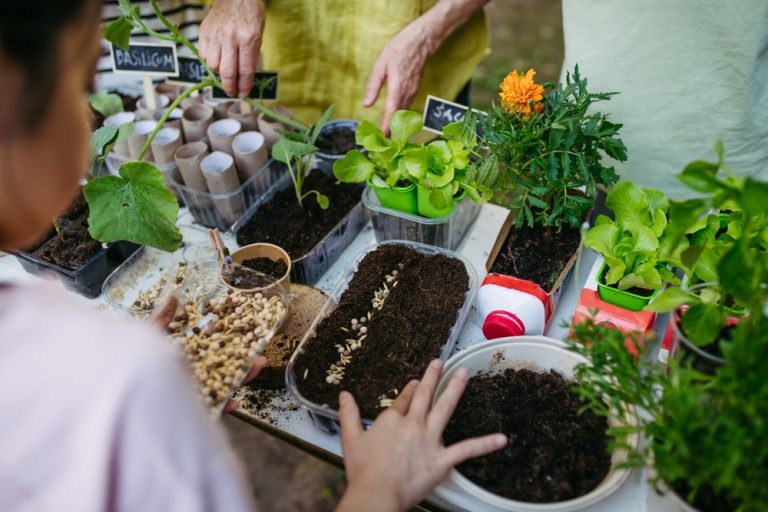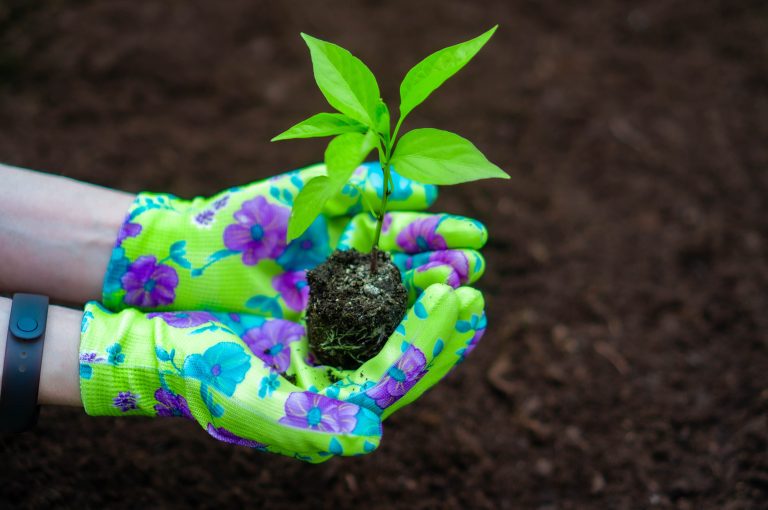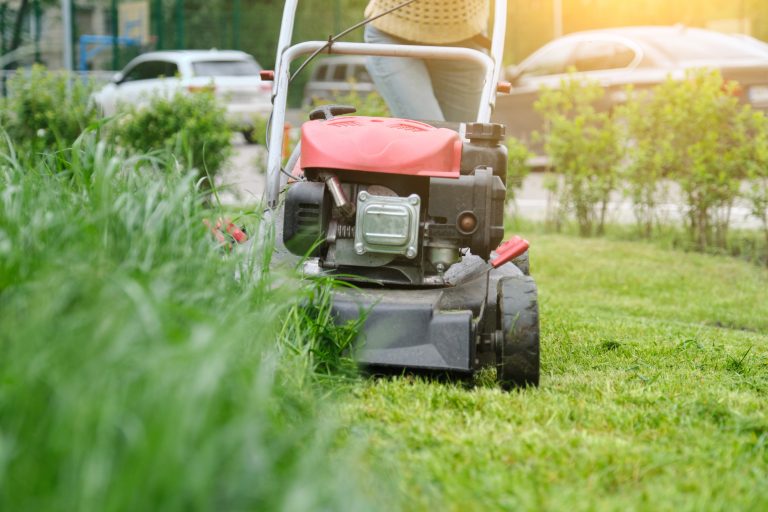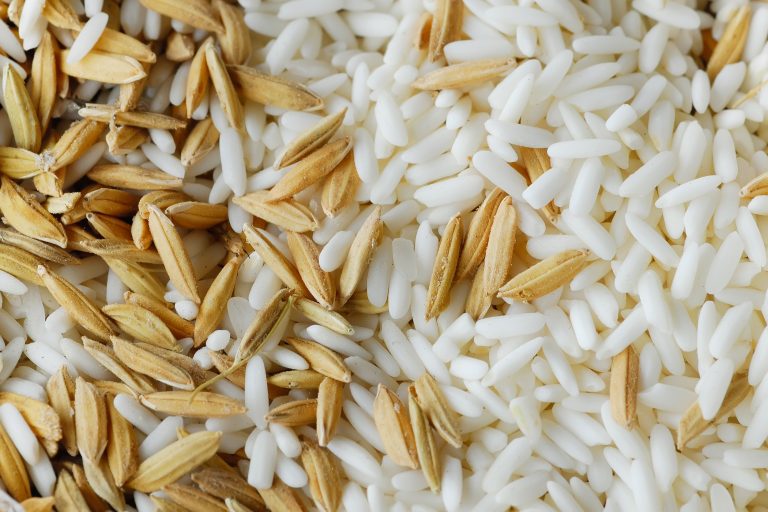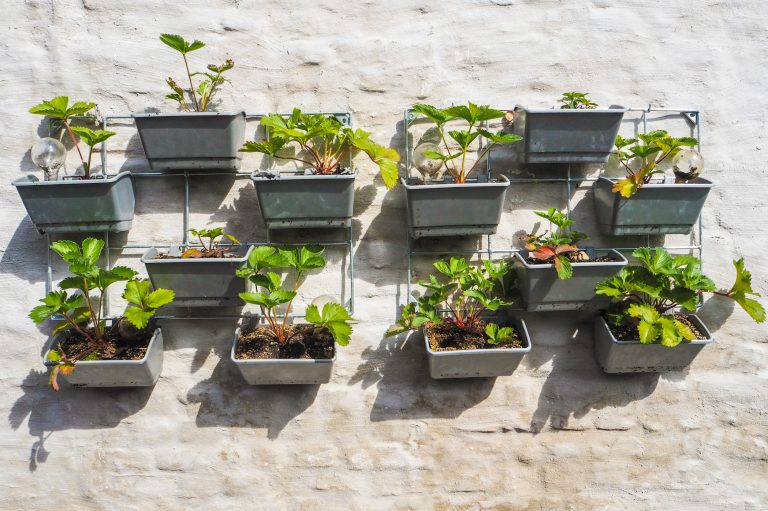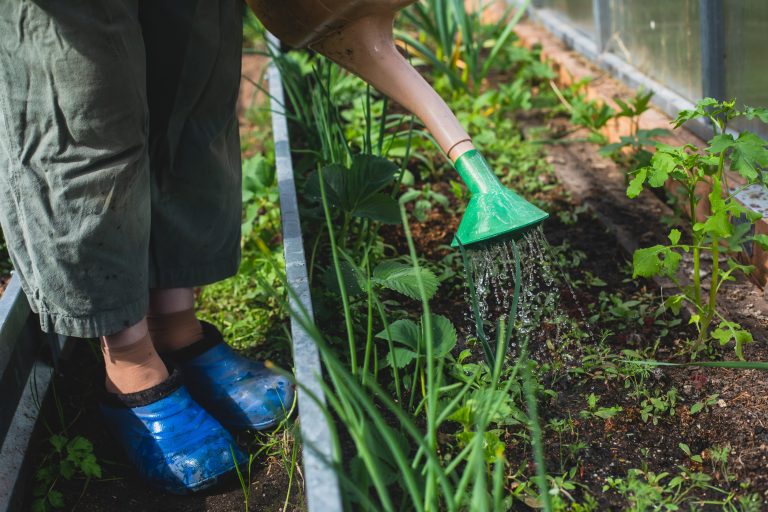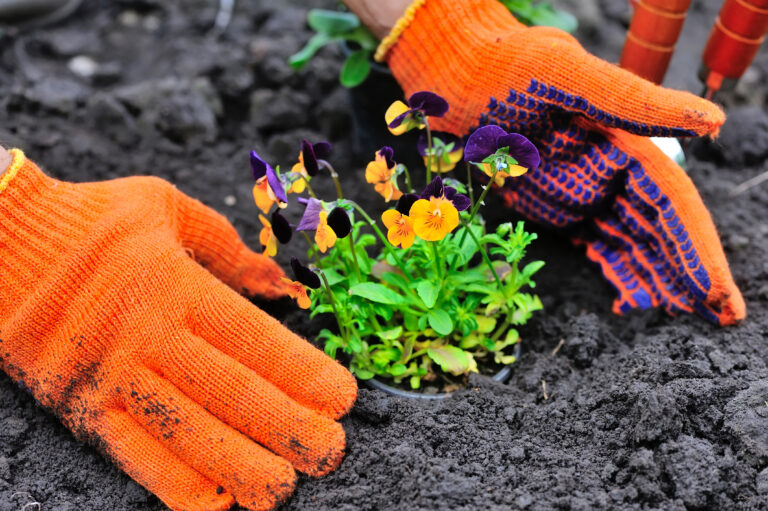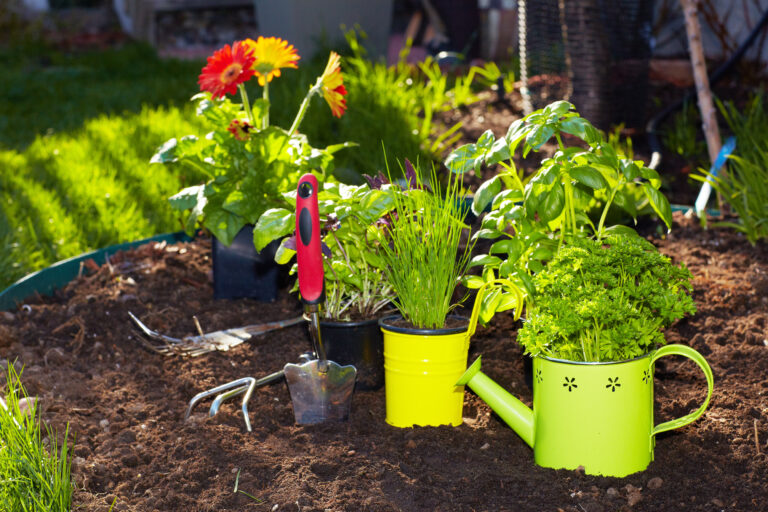Should you use shredded paper as garden mulch? It might sound like a quirky, even questionable idea at first—but don’t toss it out just yet. In a world where so much gardening advice is either outdated or downright misleading, I’m usually the first to call out myths and misguided tips. But this time, I’m here…
What Happens to Plants If You Use Enviro Ice on Them?
About a year ago, I wrote our first article about Enviro Ice. Companies like HungryRoot use this gel to keep items cold for shipping, and I receive it in my monthly food deliveries. Surprisingly, you can use this nitrogen-based product to fertilize your plants according to the manufacturer. I considered trying it in my garden,…
How To Get Free Seeds From The Government
Seeds might seem like a small expense, but any seasoned gardener will tell you—they add up fast. Whether you’re planting vegetables, herbs, or colorful blooms, buying multiple seed varieties can quickly turn into a surprisingly pricey shopping trip. Fortunately, you don’t need to drain your wallet to grow a thriving garden. With a little know-how…
From Paper Towel to Potting Soil: The Ideal Time to Transplant Your Seedlings
Growing plants from seed is a rewarding process, but it takes more than just patience—it requires timing and care at every stage. One of the most critical steps is knowing exactly when to transplant your seedlings into potting soil. Move them too early, and they may not survive the shock; wait too long, and their…
How Many Times a Month Should You Get Your Grass Cut?
A lush, green lawn doesn’t happen by accident—it’s the result of consistent care, and mowing plays a major role. But when it comes to how often you should mow, there’s no one-size-fits-all answer. The ideal schedule depends on your grass type, local climate, and time of year. Mow too frequently, and you risk stressing your…
Top 13 Benefits of Using Rice Hulls in Gardening
If you’re looking for an affordable, sustainable way to boost your garden’s health, rice hulls might be the secret ingredient you’re missing. These lightweight, all-natural byproducts of rice milling are packed with benefits for home gardeners. With a neutral pH and excellent aeration properties, rice hulls can improve soil structure, drainage, and water retention. They’re…
10 Best Budget Small Garden Ideas You Need To See
Looking to transform a tiny outdoor space without draining your wallet? You’re not alone. Whether you’re working with a modest patio, balcony, or backyard patch, creating a vibrant, inviting garden is absolutely possible—even on a tight budget. The secret lies in smart design, repurposed materials, and a little creativity. Here are 10 of the best…
10 Of The Best Places To Buy Cheap Gardening Supplies
Gardening brings joy, peace, and fresh blooms—but it shouldn’t drain your wallet. Whether you’re nurturing a veggie patch or sprucing up your flower beds, the right supplies can add up fast. The good news? You don’t have to sacrifice quality to keep costs low. With a little know-how, you can score gardening tools, plants, and…
Keep Your Hands Beautiful With These Gardening Gloves For Women
Gardening can be tough on your hands, but the right gloves will protect your skin while adding a stylish flair to your gardening outfit. Whether you’re weeding, planting, or pruning, there’s a perfect pair of gloves for every woman who loves spending time in the garden. From breathable materials to durable designs, here are the…
Gardening Gifts For First-Time Home Buyers
Buying a first home is an exciting milestone, and for many new homeowners, creating a beautiful garden is a top priority. Gardening not only enhances the aesthetic appeal of a home but also provides a relaxing and rewarding hobby. If you know someone who has recently purchased their first home, giving them gardening gifts can…


